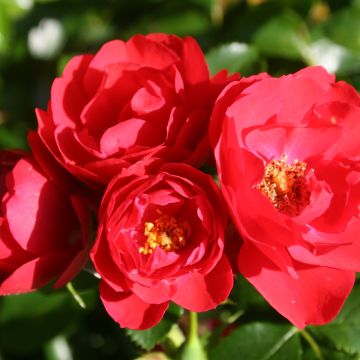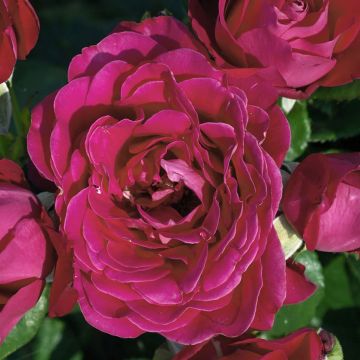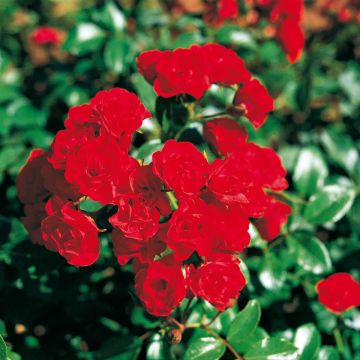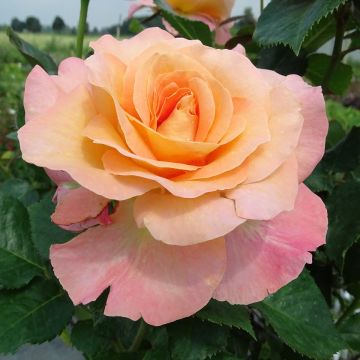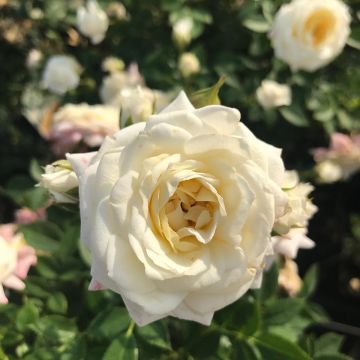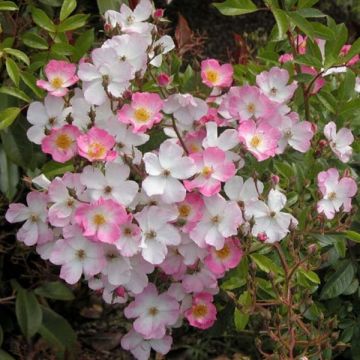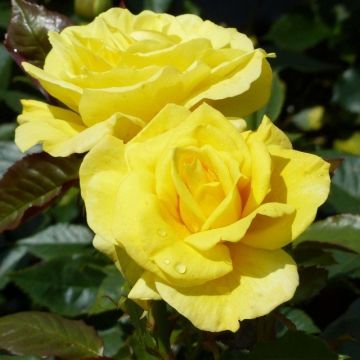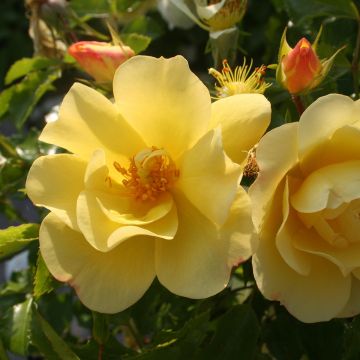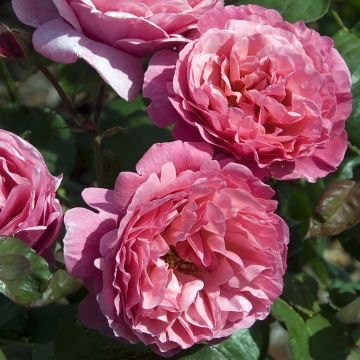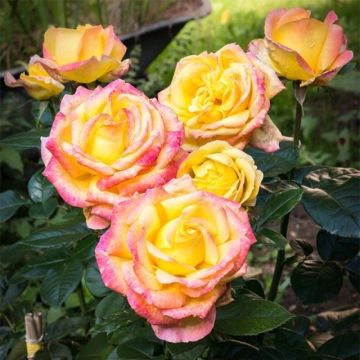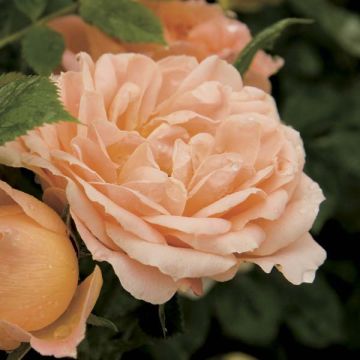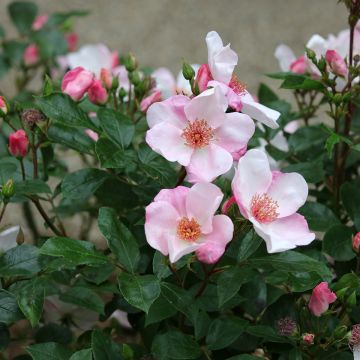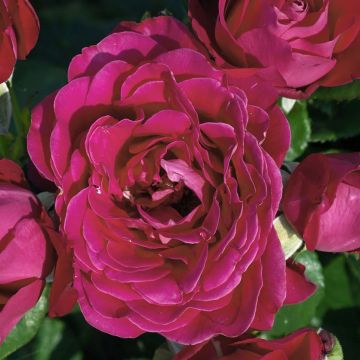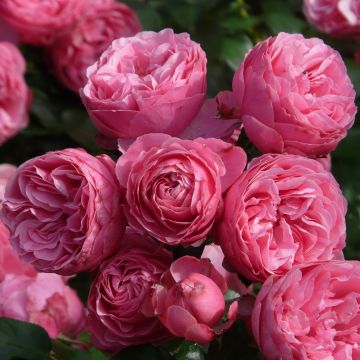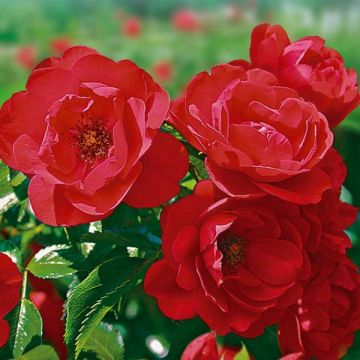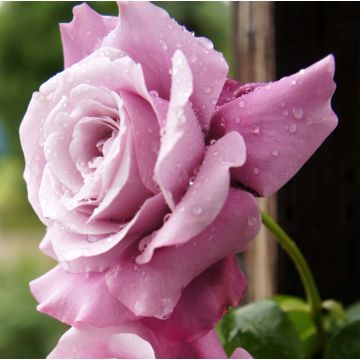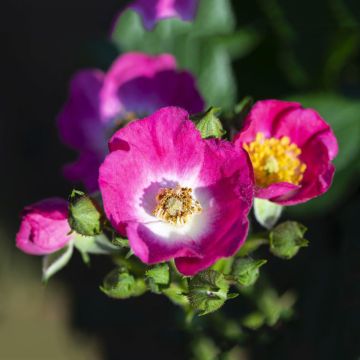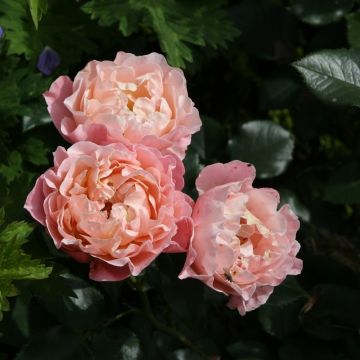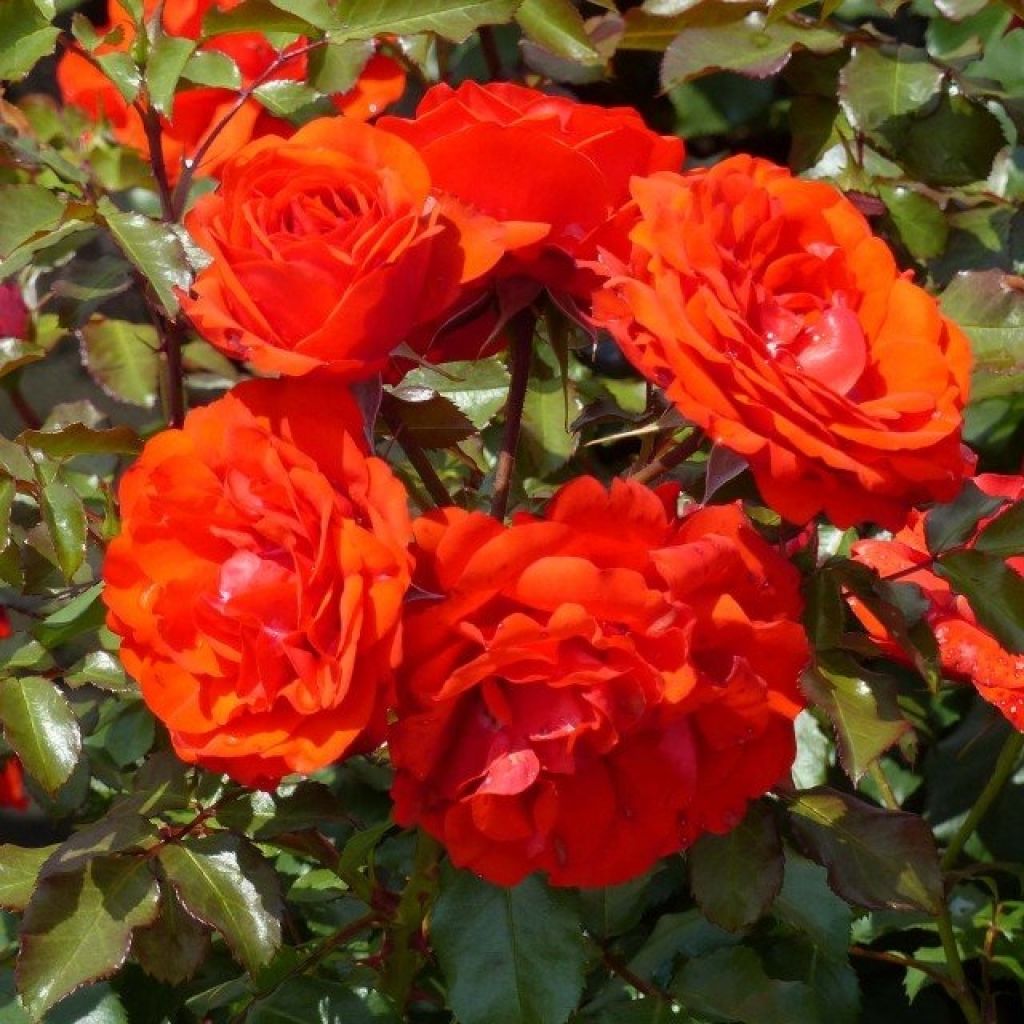

Rosa x floribunda Remembrance Harxampton - Standard Rose
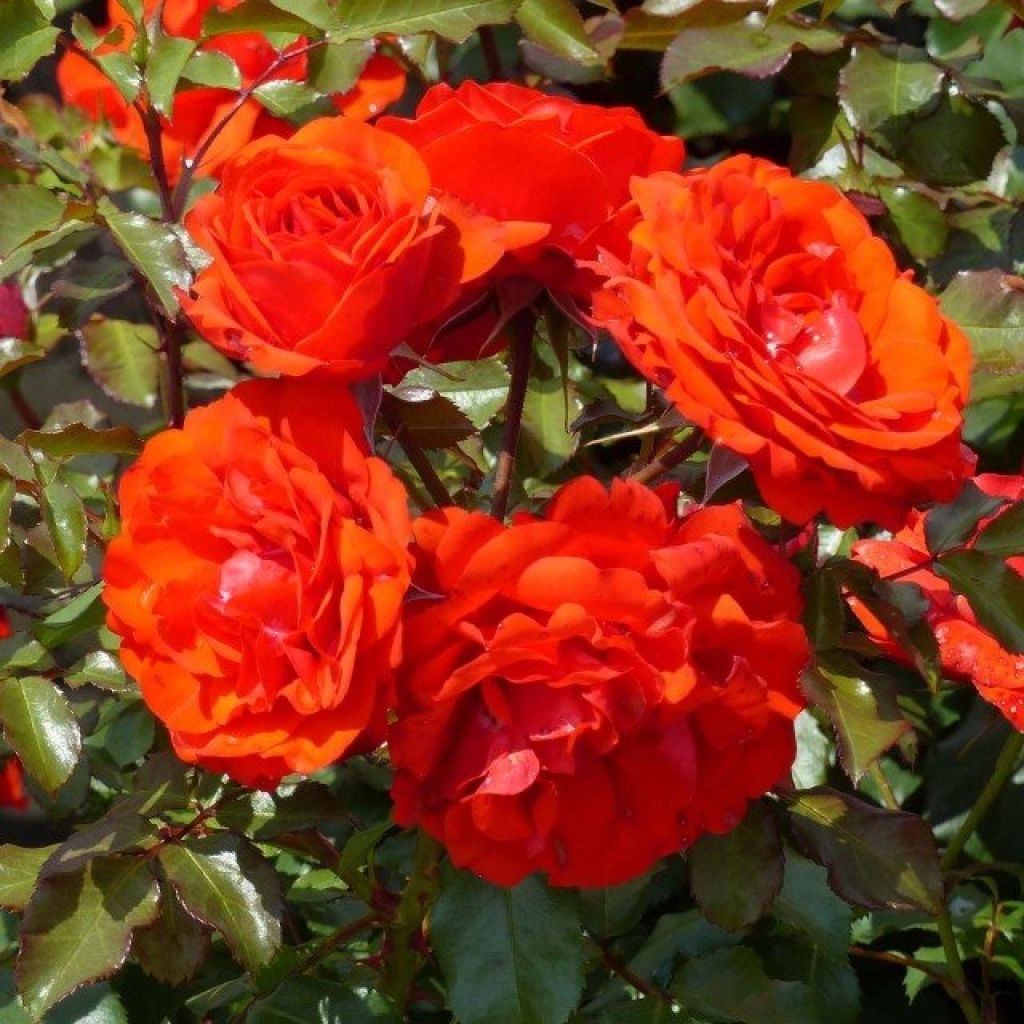

Rosier tige Remembrance
Rosa x floribunda Remembrance Harxampton - Standard Rose
Rosa x floribunda Remembrance ® Harxampton
Rose
Why not try an alternative variety in stock?
View all →This plant carries a 24 months recovery warranty
More information
We guarantee the quality of our plants for a full growing cycle, and will replace at our expense any plant that fails to recover under normal climatic and planting conditions.
Oversize package: home delivery by special carrier from €6.90 per order..
Express home delivery from €8.90.
Oversize package: home delivery by special carrier from €6.90 per order..
Express home delivery from €8.90.
Delivery to Corse prohibited: UE law prohibits the import of this plant from mainland France to Corse as part of the fight against Xylella fastidiosa. Please accept our sincere apologies.
More information
Does this plant fit my garden?
Set up your Plantfit profile →
Description
The 'Remembrance' Standard Rose forms a charming small tree, with its rounded crown covered in scarlet red flowers from late spring until late in the season. Recognised for its abundant flowers and natural disease resistance, it produces clusters of medium-sized double flowers with a fresh scent of wild rose. Their vibrant colour is perfectly highlighted by elegant dark and glossy foliage. This standard variety, which requires very little space but is covered in a shower of flowers, easily fits into a small garden or even a pot on the patio.
Standard roses are obtained by grafting a variety (in this case, Remembrance) onto a single, upright stem belonging to a different rose species (Rosa canina, R. laxa, or R. multiflora). The graft is performed at a certain height, here at around 1 metre (3 feet) from the ground. In very cold regions, it may be useful to protect the rootstock in winter.
The Standard Rose Harxampton Remembrance is an English creation by Harkness, dating back to 1992. It belongs to the floribunda rose category, with flowers grouped in large corymbs at the ends of young shoots. The rounded crown is composed of thorny stems that bear foliage divided into 5 thick and toothed leaflets, shining dark green in summer. It blooms abundantly from June until October. Its wide corollas, measuring 5 to 7 cm (2 to 3in), are double and composed of 26 to 40 petals, gathered in long bouquets of several informal cup-shaped flowers, with a natural appearance. Their colour is a very bright and perfectly uniform red, and their scent is fresh and light, very pleasant.
The 'Remembrance' Standard Rose is best planted prominently, in the centre of a bed, among perennials or low bushes, aligned along a path, near a patio, or even in a large pot on a balcony. It can also be planted in groups of three specimens, arranged in a triangle, or as a standalone feature on a lawn. It pairs well with perennial geraniums (Geranium Blue Cloud, Anne Folkard, Nimbus, Orion), bellflowers (lactiflora, rapunculoides), catmints, snapdragons, foxgloves... Standard roses are perfect for adding volume to beds of bush roses or groundcover roses.
Report an error about the product description
Plant habit
Flowering
Foliage
Botanical data
Rosa
x floribunda
Remembrance ® Harxampton
Rosaceae
Rose
Cultivar or hybrid
Rosa canina Laxa (Wrapped bare root)
Other Tree Roses - Stem Roses
Planting and care
Plant the 'Remembrance' Standard Rose from November to March, in ordinary, well-prepared, and well-drained soil. Roses prefer clay soils that are rather heavy than light. In soils that are too sandy, compact, or dry in summer, it is preferable to incorporate compost, decomposed manure, or humjus at the bottom of the planting hole. However, this rose dislikes waterlogged soils in winter. Place it in a sunny location, preferably in partial shade. Roses are hungry plants, and a specific fertiliser application will be beneficial at the start of vegetation, and regularly throughout the flowering period.
To encourage reblooming, regularly remove faded old flowers. Floribunda rose varieties are more vigorous and floriferous than large-flowered rose varieties. Therefore, prune the stems by about a quarter of their length (from 4 to 6 buds from the base of the stem) in late winter. Always prune above an outward-facing bud to allow the bush to bush out and prevent the branches from tangling in the centre of the branches.
Planting period
Intended location
Care
This item has not been reviewed yet - be the first to leave a review about it.
Roses by purpose
Haven't found what you were looking for?
Hardiness is the lowest winter temperature a plant can endure without suffering serious damage or even dying. However, hardiness is affected by location (a sheltered area, such as a patio), protection (winter cover) and soil type (hardiness is improved by well-drained soil).

Photo Sharing Terms & Conditions
In order to encourage gardeners to interact and share their experiences, Promesse de fleurs offers various media enabling content to be uploaded onto its Site - in particular via the ‘Photo sharing’ module.
The User agrees to refrain from:
- Posting any content that is illegal, prejudicial, insulting, racist, inciteful to hatred, revisionist, contrary to public decency, that infringes on privacy or on the privacy rights of third parties, in particular the publicity rights of persons and goods, intellectual property rights, or the right to privacy.
- Submitting content on behalf of a third party;
- Impersonate the identity of a third party and/or publish any personal information about a third party;
In general, the User undertakes to refrain from any unethical behaviour.
All Content (in particular text, comments, files, images, photos, videos, creative works, etc.), which may be subject to property or intellectual property rights, image or other private rights, shall remain the property of the User, subject to the limited rights granted by the terms of the licence granted by Promesse de fleurs as stated below. Users are at liberty to publish or not to publish such Content on the Site, notably via the ‘Photo Sharing’ facility, and accept that this Content shall be made public and freely accessible, notably on the Internet.
Users further acknowledge, undertake to have ,and guarantee that they hold all necessary rights and permissions to publish such material on the Site, in particular with regard to the legislation in force pertaining to any privacy, property, intellectual property, image, or contractual rights, or rights of any other nature. By publishing such Content on the Site, Users acknowledge accepting full liability as publishers of the Content within the meaning of the law, and grant Promesse de fleurs, free of charge, an inclusive, worldwide licence for the said Content for the entire duration of its publication, including all reproduction, representation, up/downloading, displaying, performing, transmission, and storage rights.
Users also grant permission for their name to be linked to the Content and accept that this link may not always be made available.
By engaging in posting material, Users consent to their Content becoming automatically accessible on the Internet, in particular on other sites and/or blogs and/or web pages of the Promesse de fleurs site, including in particular social pages and the Promesse de fleurs catalogue.
Users may secure the removal of entrusted content free of charge by issuing a simple request via our contact form.
The flowering period indicated on our website applies to countries and regions located in USDA zone 8 (France, the United Kingdom, Ireland, the Netherlands, etc.)
It will vary according to where you live:
- In zones 9 to 10 (Italy, Spain, Greece, etc.), flowering will occur about 2 to 4 weeks earlier.
- In zones 6 to 7 (Germany, Poland, Slovenia, and lower mountainous regions), flowering will be delayed by 2 to 3 weeks.
- In zone 5 (Central Europe, Scandinavia), blooming will be delayed by 3 to 5 weeks.
In temperate climates, pruning of spring-flowering shrubs (forsythia, spireas, etc.) should be done just after flowering.
Pruning of summer-flowering shrubs (Indian Lilac, Perovskia, etc.) can be done in winter or spring.
In cold regions as well as with frost-sensitive plants, avoid pruning too early when severe frosts may still occur.
The planting period indicated on our website applies to countries and regions located in USDA zone 8 (France, United Kingdom, Ireland, Netherlands).
It will vary according to where you live:
- In Mediterranean zones (Marseille, Madrid, Milan, etc.), autumn and winter are the best planting periods.
- In continental zones (Strasbourg, Munich, Vienna, etc.), delay planting by 2 to 3 weeks in spring and bring it forward by 2 to 4 weeks in autumn.
- In mountainous regions (the Alps, Pyrenees, Carpathians, etc.), it is best to plant in late spring (May-June) or late summer (August-September).
The harvesting period indicated on our website applies to countries and regions in USDA zone 8 (France, England, Ireland, the Netherlands).
In colder areas (Scandinavia, Poland, Austria...) fruit and vegetable harvests are likely to be delayed by 3-4 weeks.
In warmer areas (Italy, Spain, Greece, etc.), harvesting will probably take place earlier, depending on weather conditions.
The sowing periods indicated on our website apply to countries and regions within USDA Zone 8 (France, UK, Ireland, Netherlands).
In colder areas (Scandinavia, Poland, Austria...), delay any outdoor sowing by 3-4 weeks, or sow under glass.
In warmer climes (Italy, Spain, Greece, etc.), bring outdoor sowing forward by a few weeks.


































